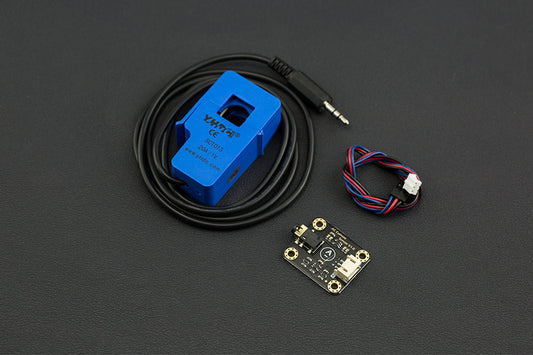Electric current, electric potential, magnetic sensors - Electrical current sensors measure the magnetic field to detect the flow of current along an electrical wire. in common instrumentations, Electric current, electric potential, magnetic, and radio sensors are being used diversely, as well as high-end aerospace applications, here below is detailed information about electric current, electric potential, magnetic sensors.
Electrical Sensors/Detectors/Transducers are electronic gadgets that sense flow, voltage, and so on, and give signs to the contributions of control gadgets or visual s555howcases. Electrical sensors regularly depend on Hall impact identification however different techniques are utilized too. Key particulars incorporate sensor type, sensor capacity, least and most extreme estimation goes, and working temperature range. Electrical sensors are utilized any place data on the condition of an electrical framework is required and are utilized in everything from railroad frameworks to fan, siphon, and radiator checking. For data on different sensors please allude to our Types of Sensors article.
Current Sensors
With the exception of resistive shunt detecting, flow sensors don't have a direct electrical association with the flow being checked and are viewed as non-reaching gadgets. Current sensors are essential to control segments of force electronic frameworks, for example, recurrence converters, foothold converters, UPS frameworks, and welding frameworks. They are likewise called current transducers. As of late, current sensors have been locked in to screen the gear status of siphons, blowers, warmers, transports, and so on, supplanting more customary checking structures, for example, optical sensors and pressing factor and zero-speed switches. The thinking behind this pattern is the simplicity with which current sensors are introduced and their standing for unwavering quality contrasted and electro mechanical gadgets. They are additionally equipped for conveying more data on the status of the gadget being observed.
Lobby impact current sensors measure the AC and DC amperage in conductors. The Hall impact is the reason for some sorts of sensors, including closeness and speed sensors. It is portrayed as the voltage delivered across a conductor when the conductor is within the sight of an attractive field. On account of a conductor, the attractive field it produces is caught by a ferrite ring that circles the conductor. The ring serves to invalidate any wanderer attractive fields radiating from anything other than the conductor itself, permitting the sensor, which is put in a hole in the ring, to react just to the attractive field made by current streaming in the conductor.
Attractive Current Sensor
The rule of the attractive current sensor is that the current to be estimated produces an attractive field around the current way, and by distinguishing this created attractive field utilizing an attractive sensor, the measure of the current can be estimated.
The attractive current sensor is not quite the same as the shunt strategy, it is no compelling reason to utilize a disengagement amp or a disconnection ADC on the grounds that it very well may be confined inside the sensor itself. Since there is no compelling reason to change the opposition esteem contingent upon the current worth, this strategy is pulling in light of the fact that it can tackle the burdens of shunt resistor+isolation speaker/segregation ADC by distinguishing streaming current to resistors with moderately low obstruction esteems.
Frequently Asked Questions
Attractive Sensing Technology
There are a few sorts of advances used to make an attractive sensor work. Fluxgate, Hall Effect, magnetoresistive, magneto-inductive, proton precession, optical siphon, , atomic precession, and SQUID (superconducting quantum impedance gadgets) each have an alternate way to deal with utilizing attractive sensors
Current estimation strategies
The current estimation strategies are for the most part ordered by three classes; shunt resistor+isolation enhancer/disconnection ADC, cored current sensor, and coreless current sensor (current sensor IC).
The table underneath shows every strategy's qualities. More subtleties zeroed in on each benefit and burden are clarified later in this page.
Attractive Current Sensor
The rule of the attractive current sensor is that the current to be estimated creates an attractive field around the current way, and by identifying this produced attractive field utilizing an attractive sensor, the measure of the current can be estimated.
Final Thought
The above mentioned are the detailed information about the Electric current, electric potential, magnetic sensors, along with their working criteria, you can check out is details and go for these amazing senors which will help you the best.
















